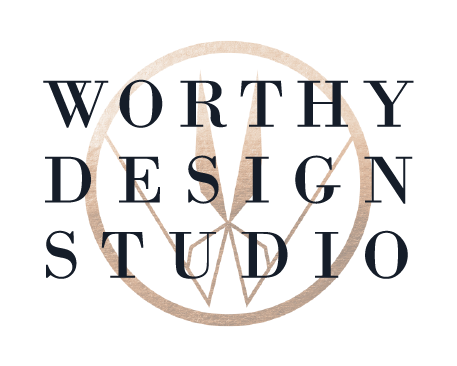Types of Sewing Needle - Hand and Machine
There's a lot more to the humble sewing needle than meets the eye (terrible pun intended!) This article is an overview of some of the needle types you will come across as you sew up a storm. It will help you get the most out of your projects and may be an answer to any hiccups you might encounter like your fabric snagging or skipped stitches when using a machine. I've broken things down into two sections; Hand Sewing Needles & Machine Sewing Needles.
HAND SEWING NEEDLES:
Sharps / Standard Needle: Generally speaking, these guys are your friend. You can use them on most sewing projects but they are best for woven fabrics. As with most needles, they come in a range of sizes for light to heavy fabrics. They have a small eye and a sharp point (hence the name). When in doubt, go for sharps.
Ballpoint Needle: This is similar to a sharps needle but instead of a very sharp point, this point is slightly rounded. This allows the needle to push between the fibres in your fabric rather than breaking through them. For this reason, you want to use these needles for finely knitted fabrics or jersey fabrics to prevent laddering or holes.
Quilting Needle: Same as a sharps needle but shorter, allowing for more control and speed when sewing little stitches.
Embroidery Needle: Sharp point with a longer eye, allowing for extra threads or embroidery threads to be used.
Beading Needle: Long, skinny and bendy with a small eye. This needle lets you get in under tricky angles as well as being slim enough to pass through the middle of a small glass bead.
Darning Needle: This is a large needle with a large eye and an obviously rounded point. Use this for finishing and repairing knitted projects. It's also great for tapestry embroidery.
Chenille Needle: While I have used this needle before, I never knew it's name! Similar in size to a darning needle, the chenille needle has a sharp end which makes it great for bashing through thick heavy fabrics like canvas.
MACHINE SEWING NEEDLES
Unlike a hand sewing needle, the eye of a machine needle is in the point. This feeds the top thread down under the needle plate, gets hooked by the bobbin and looped to create a stitch. Magic! Let's take a closer look.
Shank: This anchors the needle into the machine. The needle size is sometimes embossed into the shank - you might want to grab your glasses!
Shoulder: Section joining the shank to the shaft. Some brands colour code this part to specify certain information about the needle.
Shaft: This is the long section of the needle.
Groove: A long narrow channel along the front of the shaft which guides the thread into the eye. Most modern machines require you to thread through the front of the needle while some older machines and industrial machines are threaded from the side, so the long groove is always on the side that you push the thread through the needle.
Eye: Hole in which the thread goes through.
Point: The very tip of the needle.
Scarf: An indentation above the eye on the back side of the needle which allows the bobbin hook to loop the upper thread creating a stitch.
As with hand sewing needles, there are multiple kinds of machine needles in many different sizes depending on the fabric. Choosing the right type of needle for your sewing machine before you start can play a pretty major part in the outcome of your project. If your needle is too big / small for the fabric or even very slightly bent or blunt, you can have skipped stitches, messy tension and breaking threads. Not ideal eh?
This is a list of some of the types of machine needle you are likely to need and come across so you can get your project off to a good start.
Standard / Universal: General use on woven / fused fabrics. Sharp point.
Ballpoint: Best for knitted fabrics like jersey and interlock. Rounded point.
Stretch: Slightly different to the Ballpoint needle, this is better for very stretchy fabrics like a fine jersey or Lycra. It's a winner for sewing lingerie & swimwear. Slightly longer rounded point than a ballpoint needle.
Jeans: A larger sized needle with an extra sharp point for getting through heavier fabrics like denim and canvas.
Double Needle: Available in standard, ballpoint and jeans (maybe a few others?) these needles are great for giving sewing projects an extra fancy finish. It gives you two neat parallel lines of stitching. You need 2 spools of thread for this type of needle.
One last thing to say about machine needles is that you should change them regularly. As mentioned earlier, when they become dull, they can damage your fabric and if they have become even slightly bent, they can cause skipped stitches and even break.
So there you have it. An overview of sewing needles. The next time you are faced with a wall full of sewing needles in the shop, I hope you might be a little less mystified by all that choice!

